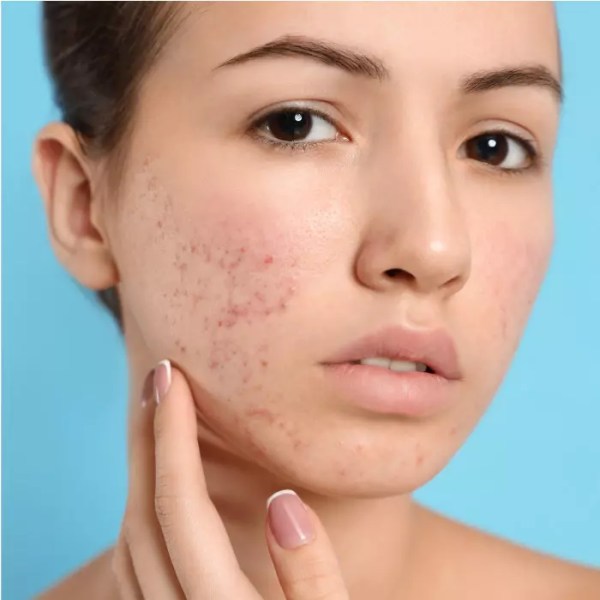The Evolution of Laser Tattoo Removal Techniques

Laser tattoo removal has come a long way, evolving from early, basic methods to highly sophisticated and effective procedures. Today, the latest laser technologies offer improved results with minimal discomfort and faster recovery. Understanding this evolution sheds light on the advancements that have made Laser Tattoo Removal in Dubai more efficient and accessible.
Early Tattoo Removal Methods
Historically, tattoo removal was a challenging process. Before the introduction of lasers, people relied on methods like dermabrasion, salabrasion, and excision. These techniques involved scraping, applying salt, or surgically removing tattooed skin. While somewhat effective, they were often painful, invasive, and posed high risks of scarring. These methods left much to be desired in terms of safety and effectiveness, particularly for large or colorful tattoos.
The Advent of Laser Technology
The 1960s marked the beginning of laser tattoo removal with the Q-switched laser, one of the first lasers developed to target tattoo ink. The Q-switched laser delivered intense bursts of light energy that could break down ink particles. The body’s immune system would then naturally flush out these particles over time. Though innovative, early Q-switched lasers had limitations, especially for multi-colored tattoos and for people with darker skin tones, as they often caused pigmentation issues.
Advancements in Laser Technology
The past few decades have seen significant advancements in laser tattoo removal, largely due to developments in Q-switched lasers and new types of lasers that address different skin tones and tattoo colors more effectively.
Q-Switched Lasers
Q-switched lasers remain a popular choice and have been refined for greater precision and fewer side effects. These lasers produce pulses in nanoseconds, targeting ink particles without damaging surrounding skin tissue. However, Q-switched lasers were primarily effective on darker ink colors, such as black and dark blue, and could struggle with red, green, and yellow inks.
Picosecond Lasers
The introduction of picosecond lasers was a major breakthrough. Unlike nanosecond Q-switched lasers, picosecond lasers emit energy in trillionths of a second, breaking down ink particles into even smaller fragments. This faster pulse allows the body to remove particles more efficiently, requiring fewer sessions and resulting in less skin irritation. Picosecond lasers have also proven effective on a broader range of colors, including notoriously difficult-to-remove shades like green and blue.
Different Wavelengths for Specific Colors
Another advancement is the use of multiple wavelengths to target specific colors. For instance:
- 1064nm wavelength lasers are best for darker inks like black and blue.
- 532nm wavelength targets red and orange inks.
- 755nm wavelength can tackle greens and other light colors more effectively.
These specialized wavelengths allow laser technicians to tailor treatments to individual tattoos, enhancing the removal process for tattoos with multiple colors.
Newer Techniques and Combination Approaches
The evolution of laser tattoo removal has also led to combination techniques that maximize efficiency. Some clinics now use a combination of Q-switched and picosecond lasers for difficult tattoos, combining the strengths of both types of lasers. This approach can yield faster results and more complete ink removal, especially for complex tattoos.
Safety and Comfort Improvements
Modern laser tattoo removal techniques focus on not only effectiveness but also patient safety and comfort. Innovations like cooling devices and numbing creams have significantly reduced the discomfort associated with laser sessions. Furthermore, laser manufacturers have developed devices with customizable settings, allowing technicians to adjust energy levels based on skin sensitivity and tattoo characteristics. These advancements have made tattoo removal more accessible to people of varying skin tones and pain tolerances.
Addressing Skin Types: Fitzpatrick Scale
In the early days of laser tattoo removal, people with darker skin tones faced higher risks of scarring and pigmentation changes. Today, practitioners assess clients using the Fitzpatrick scale, a system that classifies skin types based on their response to UV exposure. This scale helps technicians determine the safest laser settings for each skin type, particularly those with higher melanin content, thus reducing the risk of adverse effects.
Aftercare and Skin Health
The evolution of laser tattoo removal has also brought greater emphasis on aftercare to promote healing and reduce complications. Aftercare recommendations now include applying antibiotic ointments, moisturizers, and sun protection. These aftercare steps help minimize side effects like blistering, hyperpigmentation, and infection, ensuring a smoother recovery process.
The Future of Laser Tattoo Removal
Looking ahead, laser tattoo removal is likely to continue evolving with even more advanced technology and techniques. Future developments may include lasers that offer:
- Shorter treatment times with fewer sessions.
- Minimized side effects for all skin types.
- Enhanced targeting capabilities for a wider range of tattoo colors and designs.
Some researchers are also exploring nanotechnology and other innovations that may enable tattoo ink to break down more easily when exposed to certain laser wavelengths.
Conclusion
The evolution of laser tattoo removal techniques has transformed what was once a difficult, invasive process into a precise, effective, and customizable treatment. With advancements in picosecond technology, wavelength targeting, and safety protocols, people now have access to a range of laser options that can remove tattoos with minimal discomfort and downtime. These ongoing improvements ensure that laser tattoo removal remains a top choice for those looking to erase or modify tattoos while prioritizing their skin’s health and appearance.




